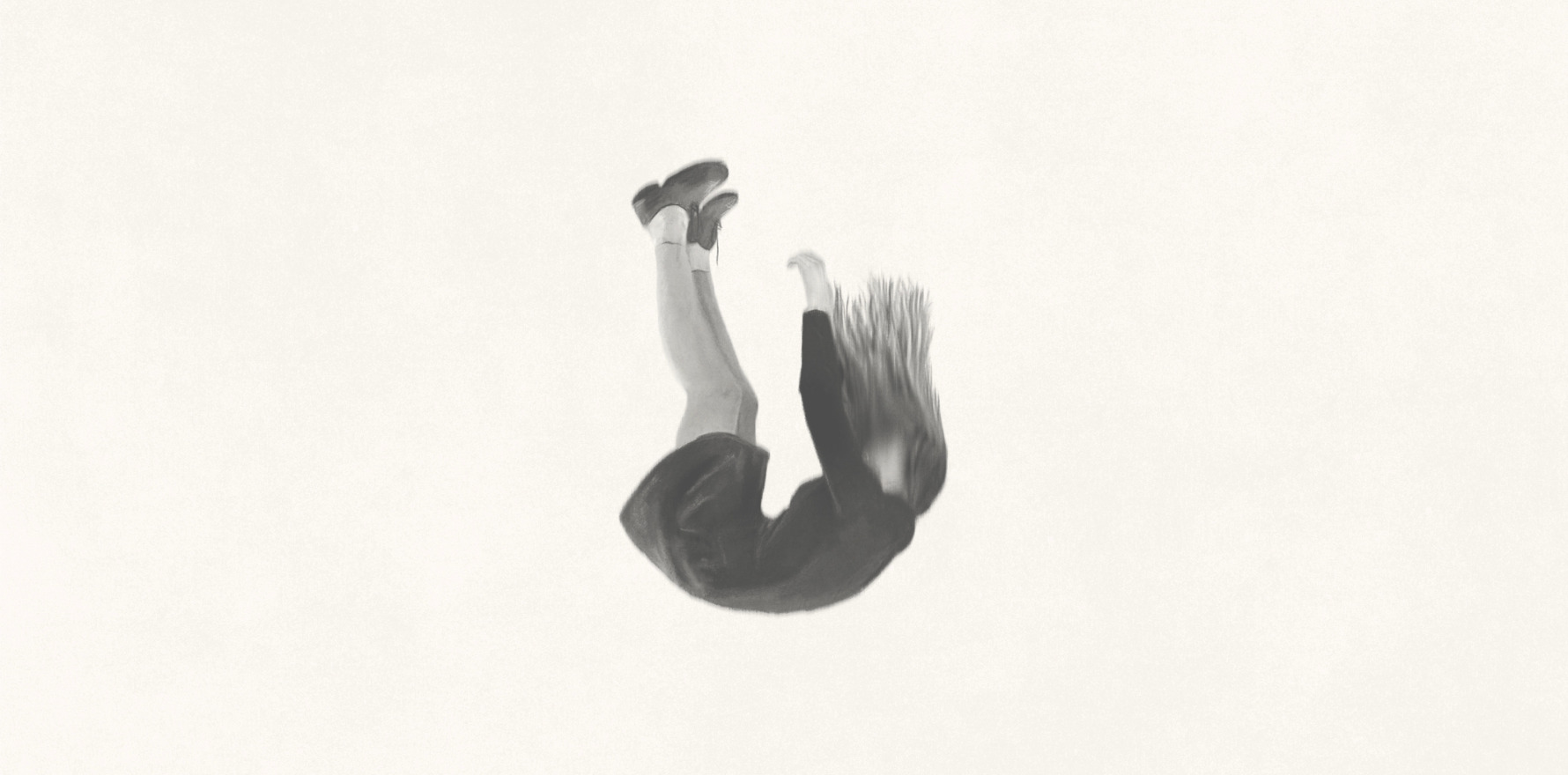The AIHW’s injury among women report is mostly not a happy story.
From 2022-2023, 40% of injuries presented at emergency or leading to hospitalisation or death were in women – 536,835 presentations at an emergency department, 217,224 hospitalisations and 5,880 deaths, according to the Australian Institute of Health and Welfare.
Half of all fall-related injury deaths were from falls for women 65 and over, a rate 66 times higher than for women who were aged 40-64, and 73% of hospitalisations (89,584 hospitalisations, 3,740 per 100,000 population).
“Australia’s population is ageing, and women represent an increasing proportion of Australians aged 65 years and over,” the AIHW report said.
“As they age, women aged 65 years and over face an increased risk of falls due to multiple factors including musculoskeletal decline, osteoporosis, cognitive decline such as dementia, as well as their longer life expectancy compared to men.”
With the exception of a drop in 2019-20 (covid), both hospitalisation and death rates for fall-related injuries have been steadily going up, the report said.
The death rate is the highest it’s been over the last 10 years, “in particular accelerating in the last three financial years”.
Most fall-related hospitalisations were in the category “fall on same level from slipping, tripping and stumbling” (348 per 100,000 general population), but no information about context was recorded for almost three-quarters of fall-related injuries.

Overall, Injury hospitalisation rates went down from 2017-2018 (from 1899 to 1846 per 100,000 general population), but the rate of emergency department presentations increased (from 3817 to 5068 per 1000,000) and so did the death rate from injury (from 41 to 43 per 100,000).
Unintentional falls were the main reason women had an injury-related hospitalisation (in 57% of cases) or death (58% of cases) and that’s been the case over the last 10 years. That’s 122,826 hospitalisations and 3437 deaths; 922 and 21 per 100,000 people in the general population, respectively.

“Other unintentional causes” where the second leading cause of injury hospitalisation and sixth leading cause of death in women (19,406 hospitalisations, 182 per 100,000 population) (130, < 0.1 per 100,000). These deaths comprise two ICD-10-AM codes: exposure to other specified factors (X58) and exposure to unspecified factor (X59).
“Across all age groups, exposure to unspecified factor (X59) accounted for most injury hospitalisations and deaths among women due to other unintentional causes”, the report said. The body part injured was more often “hip and lower limb” than any other, and injuries were less severe than for other categories of injury.
Transport accidents were the third leading cause of injury hospitalisation (17,471 hospitalisations, 170.4 per 100,000) and the fifth leading cause of injury deaths among women in 2022–23 (340, 3 per 100,000). While the rate of hospitalisations declined from the previous year, the death rate increased.
Related
Accidental poisoning (unintentional harm) was the third leading cause of injury deaths (425, 4 per 100,000). The death rate was the lowest in the last decade, but it was still the 9th leading cause in injury hospitalisations among women (3299, 30 per 100,000). These women were much more likely to spend time in ICU than those admitted for other types of injuries.
Data for injury from intentional violence, classified as assault (injury) and homicide (death), came from hospitalisation and death records (not emergency department, “due to the quality of available information”).
These figures showed that assault was the seventh leading cause of injury-related hospitalisation (7,649, 81 per 100,000). Assault injuries increased from 2017-18 to 2019-20, went down during covid and then started to climb again.
Homicide numbers went up from 48 in 2017-18 to 63 in 2022-23. Homicide was the ninth leading cause of injury-related death (63, 0.6 per 100,000).
Spouses and domestic partners were responsible for half of women’s hospitalisations from assault.

The most likely group of women to be hospitalised for assault were those aged 25-39. Women over 65 had the highest rate of homicide.
Almost half of the women assaulted were First Nations (39,422 injury ED presentations, 11,986 injury hospitalisations and 205 injury deaths (12,959, 11,986 and 67 per 100,000). ED injury presentation rates were 2.6 times higher than for non-Indigenous women, 2.2 times higher for hospitalisations and 1.5 times higher for death. Assault was the leading cause of injury for First Nations women.
Women living in the most disadvantaged areas were nearly seven times more likely to be hospitalised for assault injuries than those in the least disadvantaged areas (186 per 100,000 general population, compared to 26).
Women in very remote areas were 43 times more likely to be hospitalised for assault than metropolitan women (2007 per 100,000 vs 46).
Pregnant women were more likely to be assaulted by partners than those not pregnant.

In 2022–23, the rate of hospitalisations for intentional self-harm among women was the lowest it’s been in a decade – 11,514 hospitalisations (120 per 100,000). There were 757 deaths (7 per 100,000), a rate that has fluctuated over the years. Hospitalisation from self-harm was more likely for women aged 19-24 (298 per 100,000), but death from suicide was more common among 40–64-year-olds (8 per 100,000).
However, suicide was the most common cause of injury death for First Nations women, (52 cases, 25%) and intentional self-harm was the third leading cause of injury hospitalisation (1,118 cases, 9%). For those aged 19-24 the rate for hospitalisation from self-harm was 598 per 100,000 and decreased with age. The highest suicide rate was among those aged 25-39 (26 per 100,000).
In its report on injuries affecting men, conducted for the period of 2021-22, the AIHW noted that men are more likely to be hospitalised for most causes of injury except self-harm and falls.
Read the full AIHW Injury among women 2022–23 report here.



